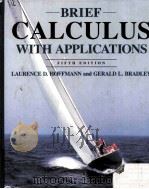《THEORY OF VIBRATION WITH APPLICATIONS FIFTH EDITION》
| 作者 | 编者 |
|---|---|
| 出版 | PRENTICE HALL |
| 参考页数 | 524 |
| 出版时间 | 1998(求助前请核对) 目录预览 |
| ISBN号 | 无 — 求助条款 |
| PDF编号 | 812504308(仅供预览,未存储实际文件) |
| 求助格式 | 扫描PDF(若分多册发行,每次仅能受理1册) |
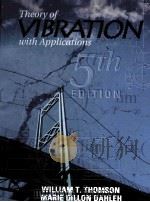
THE SI SYSTEM OF UNITS1
CHAPTER 1OSCILLATORY MOTION5
1.1 Harmonic Motion6
1.2 Periodic Motion9
1.3 Vibration Terminology11
CHAPTER 2FREE VIBRATION16
2.1 Vibration Model16
2.2 Equation of Motion: Natural Frequency16
2.3 Energy Method20
2.4 Rayleigh Method: Effective Mass23
2.5 Principle of Virtual Work25
2.6 Viscously Damped Free Vibration27
2.7 Logarithmic Decrement31
2.8 Coulomb Damping35
CHAPTER 3HARMONICALLY EXCITED VIBRATION49
3.1 Forced Harmonic Vibration49
3.2 Rotating Unbalance53
3.3 Rotor Unbalance56
3.4 Whirling of Rotating Shafts59
3.5 Support Motion63
3.6 Vibration Isolation65
3.7 Energy Dissipated by Damping67
3.8 Equivalent Viscous Damping70
3.9 Structural Damping72
3.10 Sharpness of Resonance74
3.11 Vibration-Measuring Instruments75
CHAPTER 4TRANSIENT VIBRATION89
4.1 Impulse Excitation89
4.2 Arbitrary Excitation91
4.3 Laplace Transform Formulation94
4.4 Pulse Excitation and Rise Time97
4.5 Shock Response Spectrum100
4.6 Shock Isolation104
4.7 Finite Difference Numerical Computation105
4.8 Runge-Kutta Method112
CHAPTER 5SYSTEMS WITH TWO OR MORE DEGREES OF FREEDOM126
5.1 The Normal Mode Analysis127
5.2 Initial Conditions131
5.3 Coordinate Coupling134
5.4 Forced Harmonic Vibration139
5.5 Finite Difference Method for Systems of Equations141
5.6 Vibration Absorber144
5.7 Centrifugal Pendulum Vibration Absorber145
5.8 Vibration Damper147
CHAPTER 6PROPERTIES OF VIBRATING SYSTEMS163
6.1 Flexibility Influence Coefficients164
6.2 Reciprocity Theorem167
6.3 Stiffness Influence Coefficients172
6.4 Stiffness Matrix of Beam Elements176
6.5 Static Condensation for Pinned Joints176
6.6 Orthogonality of Eigenvectors177
6.7 Modal Matrix179
6.8 Decoupling Forced Vibration Equations181
6.9 Modal Damping in Forced Vibration182
6.10 Normal Mode Summation183
6.11 Equal Roots187
6.12 Unrestrained (Degenerate) Systems189
CHAPTER 7LAGRANGE’S EQUATION199
7.1 Generalized Coordinates199
7.2 Virtual Work204
7.3 Lagrange’s Equation207
7.4 Kinetic Energy, Potential Energy,and Generalized Force in Terms of Generalized Coordinates q214
7.5 Assumed Mode Summation216
CHAPTER 8COMPUTATIONAL METHODS227
8.1 Root Solving227
8.2 Eigenvectors by Gauss Elimination229
8.3 Matrix Iteration230
8.4 Convergence of the Iteration Procedure233
8.5 The Dynamic Matrix233
8.6 Transformation Coordinates (Standard Computer Form)234
8.7 Systems with Discrete Mass Matrix235
8.8 Cholesky Decomposition237
8.9 Jacobi Diagonalization242
8.10 OR Method for Eigenvalue and Eigenvector Calculation247
CHAPTER 9VIBRATION OF CONTINUOUS SYSTEMS268
9.1 Vibrating String268
9.2 Longitudinal Vibration of Rods271
9.3 Torsional Vibration of Rods273
9.4 Vibration of Suspension Bridges276
9.5 Euler Equation for Beams281
9.6 System with Repeated Identical Sections285
CHAPTER 10INTRODUCTION TO THE FINITE ELEMENT METHOD287
10.1 Element Stiffness and Mass287
10.2 Stiffness and Mass for the Beam Element292
10.3 Transformation of Coordinates(Global Coordinates)295
10.4 Element Stiffness and Element Mass in Global Coordinates297
10.5 Vibrations Involving Beam Elements302
10.6 Spring Constraints on Structure309
10.7 Generalized Force for Distributed Load311
10.8 Generalized Force Proportional to Displacement313
CHAPTER 11MODE-SUMMATION PROCEDURES FOR CONTINUOUS SYSTEMS329
11.1 Mode-Summation Method329
11.2 Normal Modes of Constrained Structures335
11.3 Mode-Acceleration Method339
11.4 Component-Mode Synthesis341
CHAPTER 12CLASSICAL METHODS351
12.1 Rayleigh Method351
12.2 Dunkerley’s Equation358
12.3 Rayleigh-Ritz Method363
12.4 Holzer Method366
12.5 Digital Computer Program for the Torsional System369
12.6 Myklestad’s Method for Beams371
12.7 Coupled Flexure-Torsion Vibration375
12.8 Transfer Matrices376
12.9 Systems with Damping378
12.10 Geared System380
12.11 Branched Systems381
12.12 Transfer Matrices for Beams383
CHAPTER 13RANDOM VIBRATIONS395
13.1 Random Phenomena395
13.2 Time Averaging and Expected Value396
13.3 Frequency Response Function398
13.4 Probability Distribution401
13.5 Correlation407
13.6 Power Spectrum and Power Spectral Density411
13.7 Fourier Transforms417
13.8 FTs and Response424
CHAPTER 14NONLINEAR VIBRATIONS436
14.1 Phase Plane436
14.2 Conservative Systems438
14.3 Stability of Equilibrium441
14.4 Method of Isoclines443
14.5 Perturbation Method445
14.6 Method of Iteration448
14.7 Self-Excited Oscillations451
14.8 Runge-Kutta Method453
APPENDICES462
ASpecifications of Vibration Bounds462
B Introduction to Laplace Transformation464
C Determinants and Matirces469
D Normal Modes of Uniform Beams479
E Introduction to MATLAB?487
F Computer Programs492
G Convergence to Higher Modes501
ANSWERS TO SELECTED PROBLEMS506
INDEX519
1998《THEORY OF VIBRATION WITH APPLICATIONS FIFTH EDITION》由于是年代较久的资料都绝版了,几乎不可能购买到实物。如果大家为了学习确实需要,可向博主求助其电子版PDF文件(由 1998 PRENTICE HALL 出版的版本) 。对合法合规的求助,我会当即受理并将下载地址发送给你。
高度相关资料
-
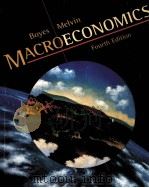
- MACROECONOMICS FOURTH EDITION
- 1999 HOUGHTON MIFFLIN COMPANY
-
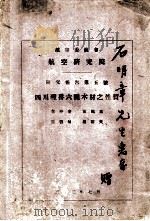
- OSCILLATION THEORY OF DELAY DIFFERENTIAL EQUATIONS WITH APPLICATIONS
- 1991 CLARENDON PRESS
-
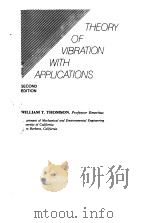
- THEORY OF VIBRATION WITH APPLICATIONS
- 1981 PRENTICE HALL INC
-
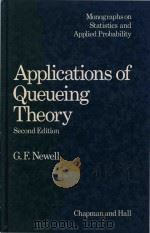
- Applications of queueing theory Second Edition
- 1982 Chapman and Hall
-

- Sampling Theory of Surveys with Applications Third Edition
- 1960 Iowa State University Press
-
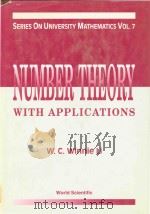
- Number theory with applications
- 1996 World Scientific
-
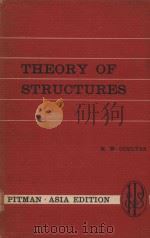
- THEORY OF STRUCTURES ASIA EDITION FIFTH EDITION
- 1963 SIR ISAAC PITMAN & SONS LTD.
-
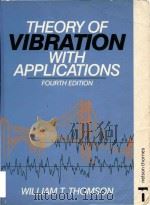
- Theory of vibration with applications Fourth Edition
- 1993 Prentice Hall
-
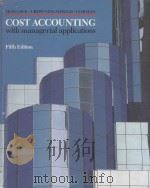
- COST ACCOUNTING WITH MANAGERIAL APPLICATIONS FIFTH EDITION
- 1985 HOUGHTON MIFFLIN COMPANY
-
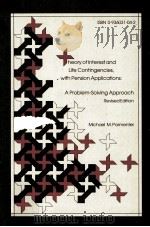
- THEORY OF INTEREST AND LIFE CONTINGENCIES WITH PENSION APPLICATIONS REVISED EDITION
- 1988 ACTEX PUBLICATIONS
-
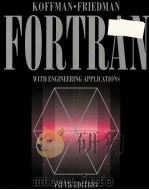
- FORTRAN WITH ENGINEERING APPLICATIONS FIFTH EDITION
- 1993 ADDISON-WESLEY PUBLISHING COMPANY
提示:百度云已更名为百度网盘(百度盘),天翼云盘、微盘下载地址……暂未提供。➥ PDF文字可复制化或转WORD


